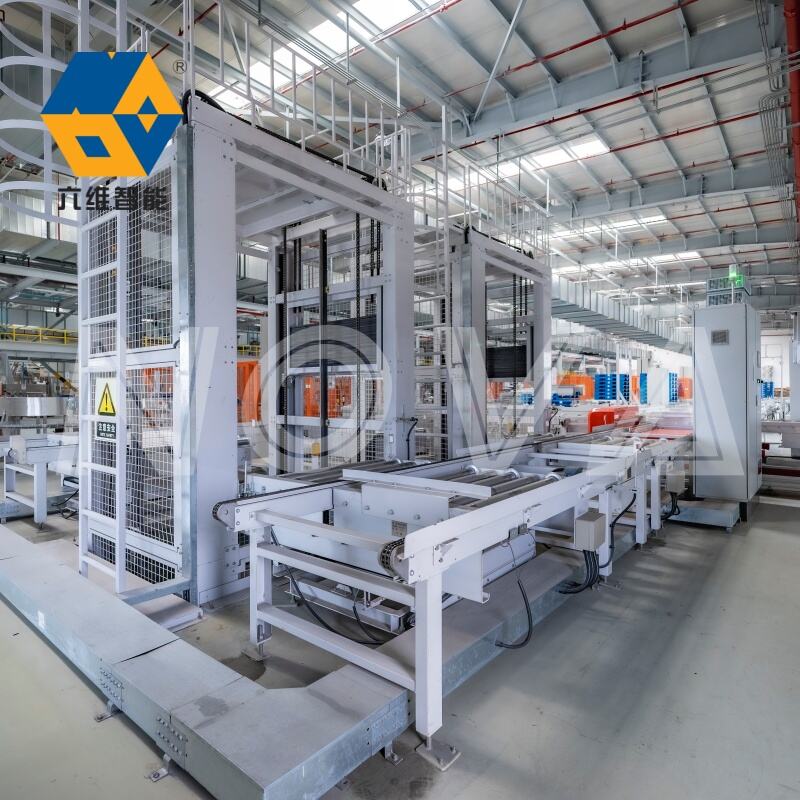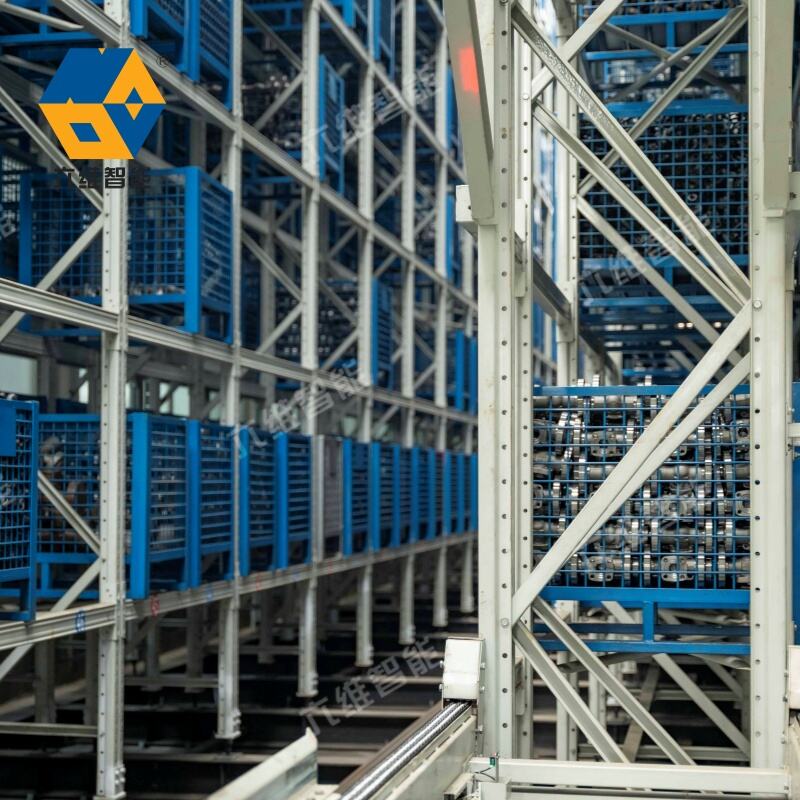automated storage and retrieval system cost
An automated storage and retrieval system (AS/RS) represents a significant investment in warehouse automation technology, with costs typically ranging from $750,000 to several million dollars depending on scale and complexity. The system combines sophisticated software, robotics, and vertical storage solutions to maximize warehouse efficiency. These systems utilize computer-controlled machines to automatically place and retrieve loads from defined storage locations, enabling high-density storage while minimizing labor requirements. The cost structure encompasses hardware components including storage racks, cranes, conveyors, and picking stations, as well as software for inventory management and system control. Implementation costs vary based on factors such as storage capacity requirements, throughput needs, building dimensions, and level of automation desired. While the initial investment is substantial, modern AS/RS solutions offer scalability options, allowing businesses to expand their systems as needs grow. The technology integrates seamlessly with existing warehouse management systems and can be customized to handle various load types, from small parts to full pallets. Operating costs typically include maintenance, energy consumption, and periodic software updates, but these are often offset by reduced labor costs and improved inventory accuracy.


